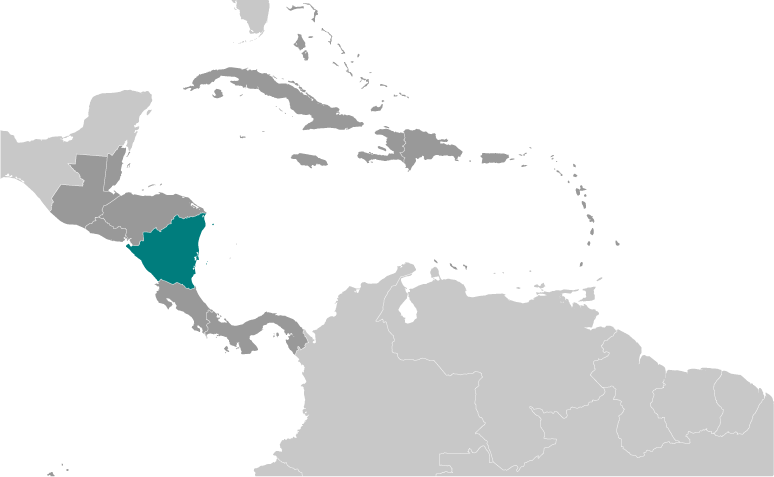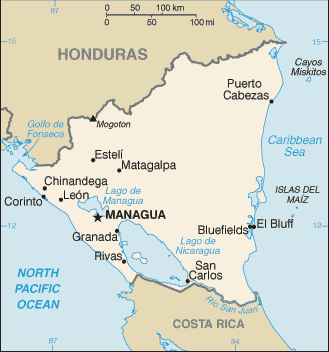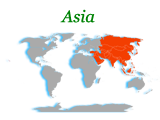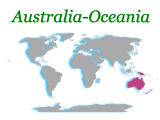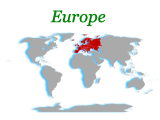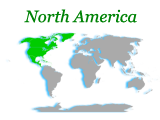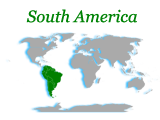The Pacific coast of Nicaragua was settled as a Spanish colony from Panama in the early 16th century. Independence from Spain was declared in 1821 and the country became an independent republic in 1838. Britain occupied the Caribbean Coast in the first half of the 19th century, but gradually ceded control of the region in subsequent decades. Violent opposition to governmental manipulation and corruption spread to all classes by 1978 and resulted in a short-lived civil war that brought the Marxist Sandinista guerrillas to power in 1979. Nicaraguan aid to leftist rebels in El Salvador caused the US to sponsor anti-Sandinista contra guerrillas through much of the 1980s. Free elections in 1990, 1996, and 2001, saw the Sandinistas defeated, but voting in 2006 announced the return of former Sandinista President Daniel ORTEGA Saavedra. The 2008 municipal elections were characterized by widespread irregularities. Nicaragua's infrastructure and economy - hard hit by the earlier civil war and by Hurricane Mitch in 1998 - are slowly being rebuilt, but democratic institutions face new challenges under the ORTEGA administration.
Country Name
Conventional long form:Republic of Nicaragua
Conventional short form:Nicaragua
Local long form:Republica de Nicaragua
Local short form:Nicaragua
Government Type
republic
Capital
Name:Managua
Geographic coordinates:12 09 N, 86 17 W
Time difference: UTC-6 (1 hour behind Washington, DC during Standard Time)
Administrative divisions
15 departments (departamentos, singular - departamento) and 2 autonomous regions* (regiones autonomistas, singular - region autonoma); Atlantico Norte*, Atlantico Sur*, Boaco, Carazo, Chinandega, Chontales, Esteli, Granada, Jinotega, Leon, Madriz, Managua, Masaya, Matagalpa, Nueva Segovia, Rio San Juan, Rivas
Independence
15 September 1821 (from Spain)
National Holiday
Independence Day, 15 September (1821)
Constitution
9 January 1987; revised in 1995, 2000, and 2005
Legal system
civil law system; Supreme Court may review administrative acts; accepts compulsory ICJ jurisdiction
Suffrage
18 years of age; universal
Executive branch
Chief of state:President Daniel ORTEGA Saavedra (since 10 January 2007); Vice President Jaime MORALES Carazo (since 10 January 2007); note - the president is both chief of state and head of government
Head of government: President Daniel ORTEGA Saavedra (since 10 January 2007); Vice President Jaime MORALES Carazo (since 10 January 2007)
Cabinet:Council of Ministers appointed by the president
(For more information visit the World Leaders website)
Elections:president and vice president elected on the same ticket by popular vote for a five-year term (eligible for a second term so long as it is not consecutive); election last held on 5 November 2006 (next to be held by November 2011)
Election results:Daniel ORTEGA Saavedra elected president - 38.1%, Eduardo MONTEALEGRE 29%, Jose RIZO 26.2%, Edmundo JARQUIN 6.4%
Legislative branch
unicameral National Assembly or Asamblea Nacional (92 seats; 90 members elected by proportional representation and party lists to serve five-year terms; 1 seat for the previous president, 1 seat for the runner-up in previous presidential election)
Elections:last held on 5 November 2006 (next to be held by November 2011)
Election results:percent of vote by party - NA; seats by party - FSLN 38, PLC 25, ALN 23 (22 plus one for presidential candidate Eduardo MONTEALEGRE, runner-up in the 2006 presidential election), MRS 5, APRE 1 (outgoing President Enrique BOLANOS); note - as of 1 May 2009: seats by party - FSLN 38, PLC 20, BDN 17, ALN 6, MRS 3, APRE 1, Independent 7
Judicial branch
Supreme Court or Corte Suprema de Justicia (16 judges elected for five-year terms by the National Assembly)
Political Parties and Leaders
Alliance for the Republic or APRE; Conservative Party or PC [Azalia AVILES Salmeron]; Independent Liberal Party or PLI [Indalecio RODRIGUEZ]; Liberal Constitutionalist Party or PLC [Jorge CASTILLO Quant]; Nicaraguan Liberal Alliance or ALN [Alejandro MEJIA Ferreti]; Sandinista National Liberation Front or FSLN [Daniel ORTEGA Saavedra]; Sandinista Renovation Movement or MRS [Enrique SAENZ Navarrete]
Political pressure groups and leaders
National Workers Front or FNT (a Sandinista umbrella group of eight labor unions including: Farm Workers Association or ATC, Health Workers Federation or FETASALUD, Heroes and Martyrs Confederation of Professional Associations or CONAPRO, National Association of Educators of Nicaragua or ANDEN, National Union of Employees or UNE, National Union of Farmers and Ranchers or UNAG, Sandinista Workers Central or CST, and Union of Journalists of Nicaragua or UPN); Permanent Congress of Workers or CPT (an umbrella group of four non-Sandinista labor unions including: Autonomous Nicaraguan Workers Central or CTN-A, Confederation of Labor Unification or CUS, Independent General Confederation of Labor or CGT-I, and Labor Action and Unity Central or CAUS); Nicaraguan Workers' Central or CTN (an independent labor union); Superior Council of Private Enterprise or COSEP (a confederation of business groups)
International organization participation
BCIE, CACM, FAO, G-77, IADB, IAEA, IBRD, ICAO, ICRM, IDA, IFAD, IFC, IFRCS, ILO, IMF, IMO, Interpol, IOC, IOM, IPU, ITSO, ITU, ITUC, LAES, LAIA (observer), MIGA, NAM, OAS, OPANAL, OPCW, PCA, PetroCaribe, RG, SICA, UN, UNCTAD, UNESCO, UNHCR, UNIDO, Union Latina, UNWTO, UPU, WCO, WFTU, WHO, WIPO, WMO, WTO
Diplomatic representation in the US
Chief of mission:Ambassador (vacant); Charge d'Affaires Alcides J. MONTIEL Barillas
Chancery:1627 New Hampshire Avenue NW, Washington, DC 20009
Telephone: [1] (202) 939-6570, 6573
FAX:[1] (202) 939-6545
Consulate(s) general:Houston, Los Angeles, Miami, New York, San Francisco
Diplomatic representation from the US
Chief of mission:Ambassador Robert J. CALLAHAN
Embassy:Kilometer 5.5 Carretera Sur, Managua
Mailing address:American Embassy Managua, APO AA 34021
Telephone:[505] 252-7100, 252-7888; 252-7634 (after hours)
FAX:[505] 252-7304
Flag description
three equal horizontal bands of blue (top), white, and blue with the national coat of arms centered in the white band; the coat of arms features a triangle encircled by the words REPUBLICA DE NICARAGUA on the top and AMERICA CENTRAL on the bottom
note: similar to the flag of El Salvador, which features a round emblem encircled by the words REPUBLICA DE EL SALVADOR EN LA AMERICA CENTRAL centered in the white band; also similar to the flag of Honduras, which has five blue stars arranged in an X pattern centered in the white band

